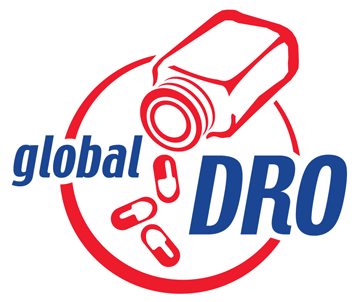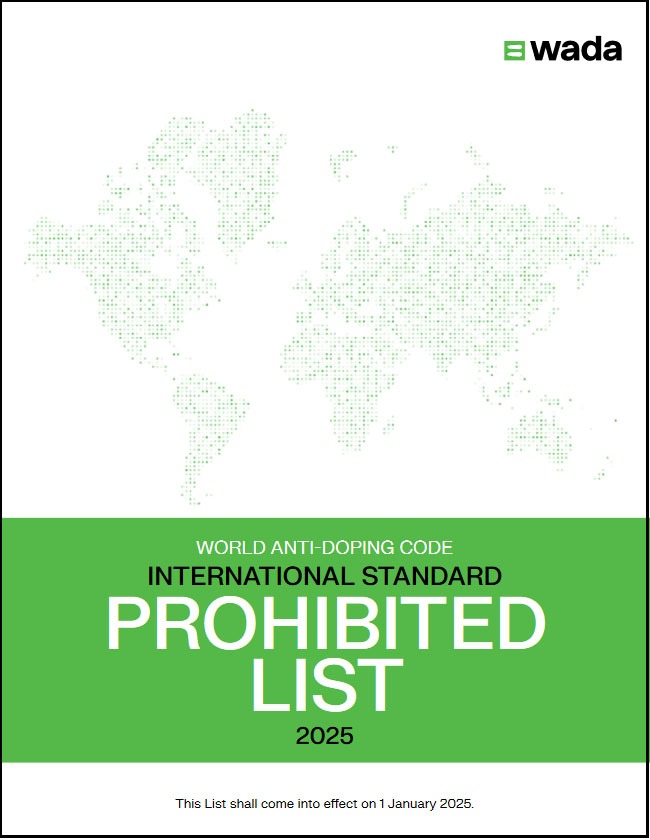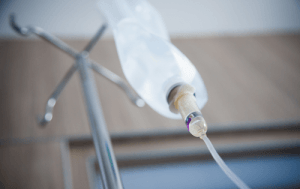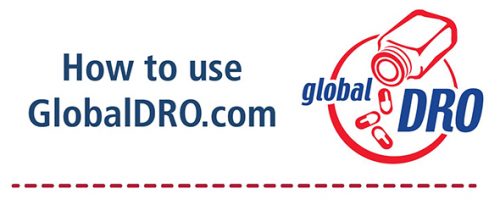WADA Prohibited List
The World Anti-Doping Agency’s (WADA) Prohibited List is the comprehensive document serving as the international standard for identifying substances and methods prohibited in sport. Mandated by, and serving as a key component of the Code, the Prohibited List is one of the most important parts of harmonization globally across the anti-doping movement. Broken down by categories, the Prohibited List identifies which substances and methods are prohibited in-competition, out-of-competition, as well as in some cases, by specific sport. The Prohibited List is updated annually following an extensive consultation process facilitated by WADA and goes into effect January 1 of each year. While the WADA Prohibited List is extensive, USADA is here to help athletes understand the rules and regulations set forth by WADA.
The easiest way to check the prohibited status of medications is to visit GlobalDRO.com. For information regarding dietary supplements, please visit Supplement Connect.
Athlete Guide to Anti-Doping
Monitoring Program - 2025 WADA Prohibited List
Summary of Modifications - 2025 WADA Prohibited List
How does a substance get considered for the WADA prohibited list?
- It has the potential to enhance or enhances sport performance
- It represents an actual or potential health risk to the athlete
- It violates the spirit of sport
CONTACT USADA’S DRUG REFERENCE TEAM
Have you checked the status of your medication online with GlobalDRO?

Phone: 719.785.2000 (option 2)
Email: Use the form below






